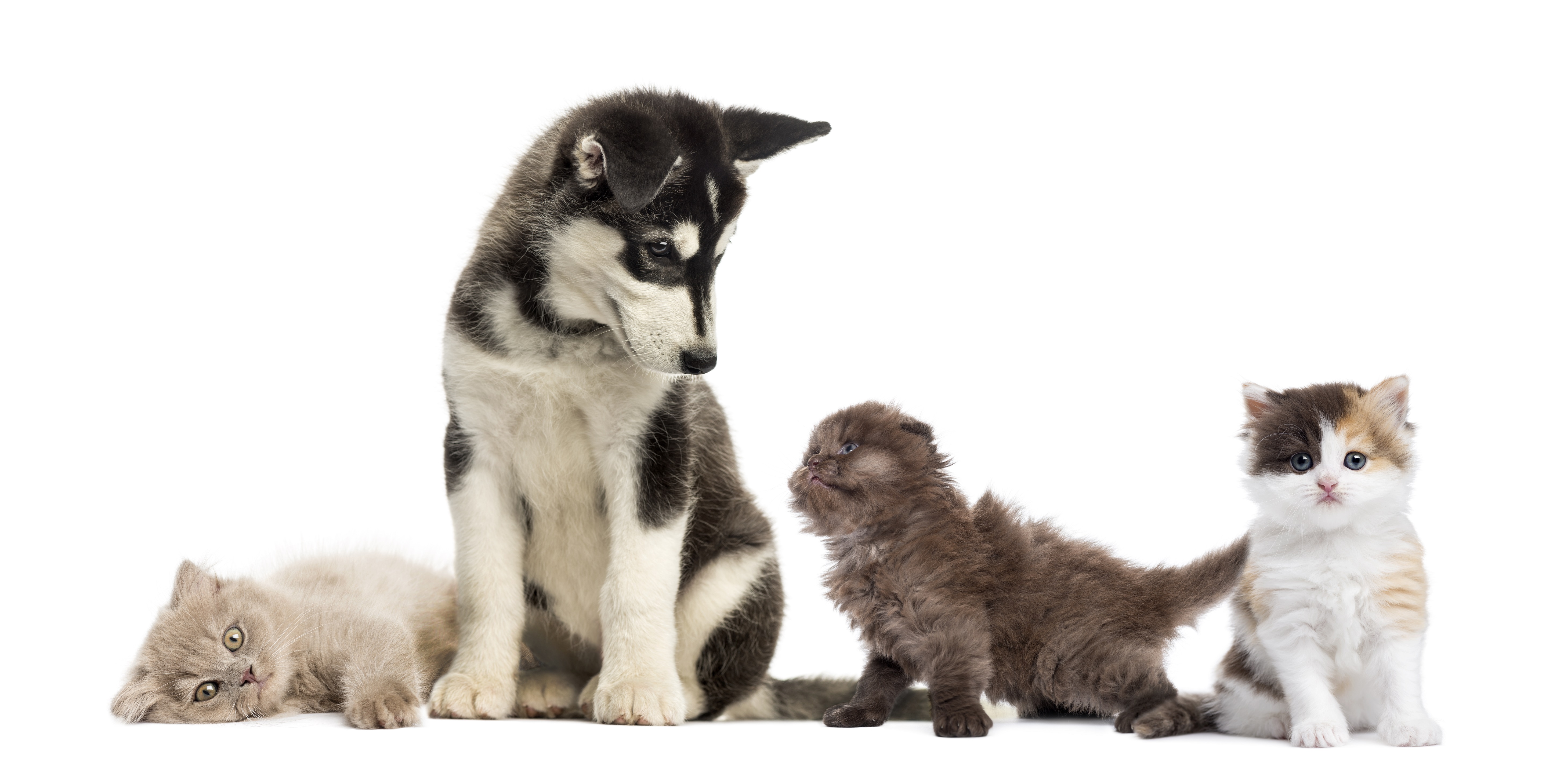Total Pet Spending in U.S. is $77B, GPS Report Shows
Pet Age Staff //November 14, 2018//
Total Pet Spending Report: A GPS for Pet Businesses
By John Gibbons, The Pet Business Professor
In 2017, Total Pet Spending in the U.S. was $77.13B, a $9.84B (14.6%) increase from 2016. The movement to Super Premium Foods made a deeper penetration across demographics. Deflating prices in the Supplies Segment spurred spending. Veterinary prices had record low inflation, which increased spending AND visit frequency. The only “bad” news came from a minor decrease in Services spending. Increased competition saw consumers shopping for value. Their purchase frequency on Services was up a bit. They just paid a little less. Trading $ between segments was not a big factor in 2017. Food had a big turnaround. Supplies and Veterinary built upon a spending increase that began in 2016. Only Services was down, for the first time since 2010. Here are the $ changes:
- A big $4.61B (+17.4%) turnaround in Food
- A $2.74B (+17.3%) lift in Supplies
- A $2.56B (+14.1%) increase in Veterinary
- A very unusual –$0.07B (-1.0%) drop in Services
In 2017, the average U.S. Household (pet & non-pet) spent a total of $593.63 on their Pets. This was a 14.3% increase from the $519.57 spent in 2016.
2017 was a spectacular year for the Pet Industry and the good news was widespread. Seven of 10 demographic categories had no segments that spent less on their Pets in 2017. Eighty-seven of 92 individual segments (94.6%) increased their Total Pet Spending.
There are two surprise winners, which further emphasizes the wide ranging impact of the spending lift. Specifically, two or more person households with only one earner are usually under financial pressure. By the same token, high school graduates with some college are also not usually in the highest income tier. Both of these segments usually don’t have an excess of disposable income, but in 2017 they found some and generated the biggest Pet spending increase in their category.
On the “down” side, there is only one unexpected losing segment – self-employed. This high income segment had a bad year. In fact, they had the biggest spending decrease in three of the four industry segments. However, they had 8.9% fewer households, which was a big factor.
As we noticed early on in our analysis, the key to the Pet Spending lift was “Value”, in every segment. Super Premium Pet Food was available at attractive prices. Pet Supplies Prices deflated, which always spurs consumers to spend more and more often. Veterinary prices, which have been strongly inflating for years fell to a record low rate. People not only spent more Veterinary $ but their frequency was significantly up. Services had a minor spending decrease. This came from the retail competitive pressure as the number of outlets offering services increased. Consumers maintained their frequency of visits but many got a “deal”.
What about 2018? If much of the big lift was driven by lower or “more acceptable” prices in every segment then the CPI could be a major factor. Through September of 2018, Pet Food prices have remained essentially stable. Veterinary prices have moved up to a more “normal” inflation rate. However, prices in both Services and Supplies turned sharply up in the second quarter. In general, this does not bode well for spending. We’ll just have to wait and see.
See full report here.



















